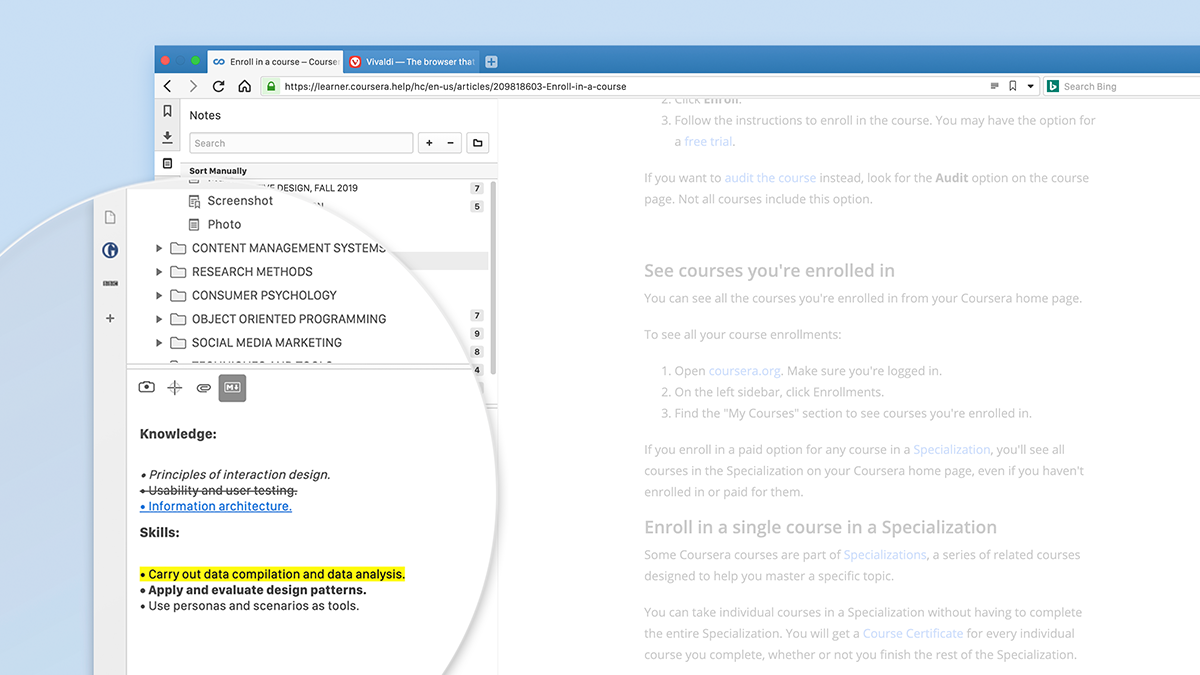
Where they disagreed or were unsure, we encouraged them to experiment and demonstrate the results. Rather than have a single technical lead dictating strategy, the four developers decided to work together and found that they were in broad agreement about the outline, if not all the details. We also knew that how we made decisions as a team was going to be very important, as we were embarking on a rewrite with many thousands of important decisions to be made over the coming months.
#SWIFT NOTE TAKING APP HOW TO#
It can be difficult to step back from an app that you are intimately familiar with and emotionally invested in and ask “What would I do if I started it all over again?” But it can also be liberating, and after a few sessions where we reexamined the origin, design, and purpose of each piece, we were gleefully throwing stuff out and rethinking how to rebuild the app.

#SWIFT NOTE TAKING APP CODE#
The developers began with a retrospective look at the existing code and architecture. We had to continue to support our current version, so we began with one person exploring the rebuild and bringing issues back to the team for discussion. Although we knew rebuilding our app would be a big effort, we couldn’t have everyone on the team start working on it immediately. Our iOS team had an engineering manager, a product manager, two designers, several QA people, and four developers. We wanted to build something modern and sustainable instead of learning to maneuver around our technical debt.

Nearly everything about the user experience in the app was reimagined, to make Evernote faster and more simple to use.This burden was manageable until three things led us to reconsider the product from the ground up: we had a new design to implement, a new editor to integrate, and a newly staffed team ready to build a more sustainable app. In the following years, it acquired millions of users and a lot of new features, but also a lot of technical debt. The previous version of Evernote for iOS (7.x) was designed, built, and released alongside Apple’s iOS 7 in the fall of 2013.
#SWIFT NOTE TAKING APP SOFTWARE#
To fix this, we began an effort that ultimately produced an app with a new design, a new user interface, and a new software architecture-all delivered by a mostly new team. By 2016, the developers of Evernote for iOS were struggling to add new features to the app, keep it working with new versions of iOS, and untangle technical debt in the code.


 0 kommentar(er)
0 kommentar(er)
